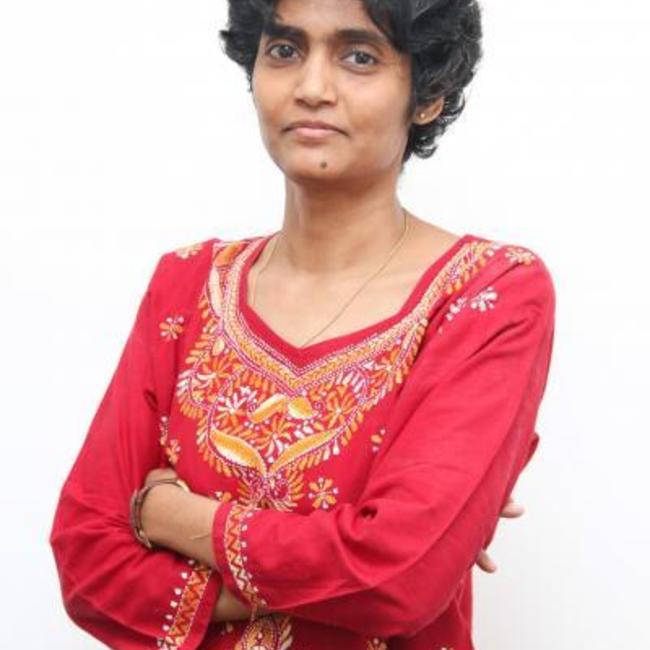Research Areas
Fluids confined in porous materials have properties which are different from bulk phase. These properties enable the novel applications of these materials. Experiments at dimensions of the order of nanometers are difficult. This project involves the characterization and understanding of properties such as phase segregation, adsorption, etc., in pores of such dimensions using molecular simulation techniques.
The group is also attempting to develop a computational scheme for rational solvent design to select the optimal solvent (or design a new solvent) for the extraction of a pharmaceutical intermediate synthesized using a biotransformation process. An additional step, whereby the cost-effective molecular simulation approach (the accuracy of this approach is limited only by that of the force field employed to model the interactions in the molecule) is used to verify the trends in the computer-aided molecular design results; has been introduced in the computational…
In this project, we will attempt to predict the VLE data for pure component monomers and their mixtures with different reactants/products at the operating conditions of the process equipment. This data, necessary for the design and optimization of process equipment, is generally not available or only very limited data is available in literature. We are presently focusing our research on the polyethylene polymerization system.
The development of efficient molecular simulation techniques for prediction of vapour-liquid equilibria is an on-going effort. We are studying molecular simulation methods to be applied to pure component and binary systems of model fluids as also molecular fluids.
Simulation of solids provide a unique challenge because of the high densities involved which preclude use of any of the well established insertion/deletion methods used in the fluid phases. This provides an opportunity for the development of new methods to successfully measure the free energy of the solids and to improve the efficiency of the techniques used. Inter-atomic potential models are developed and investigated for applications of molecular simulation techniques to study solid fluid phase equilibria. Molecular simulation techniques are applied to…
This project envisages development of a novel multi-scale simulation scheme to design the III-V compound semiconductor alloys, which are used or have the potential to be used, in several applications such as devices for optical data-storage, fibre-optics communications, infra-red cameras, imaging sensors, specialty lasers and low power, high brightness lighting.
The work under this topic envisions a molecular simulation study of the miscibility behaviour and the microstructure in compound semiconductor alloys. The Tersoff potential model is the interatomic interaction potential for the InxGa1-xAs alloy system, which is selected as a representative example of these alloys. The alloy will be modelled for a range of compositions (considering x from zero to unity) and temperature from 100 K to the measured upper critical solution temperature. The bulk phase and thin films are both considered in the study. The microstructure…
Other information
People
